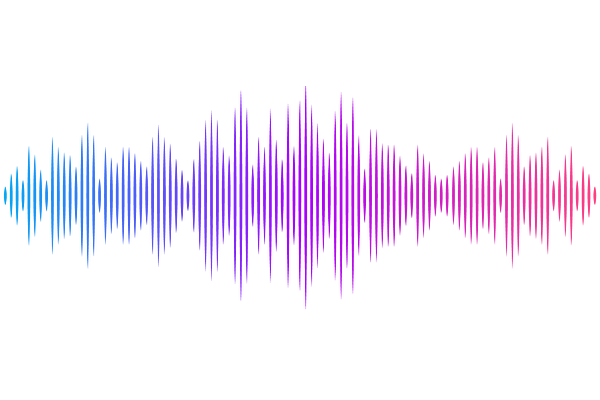Lower Bounds on Relative Error Quantum Compression and Classical Shadows

Lower Bounds on Relative Error Quantum Compression and Classical Shadows
Kaushik Sankar
AbstractWe study the question of how much classical communication is needed when Alice is given a classical description of a quantum state $|\psi\rangle$ for Bob to recover any expectation value $\langle \psi | M |\psi\rangle$ given an observable $M$ with $M$ Hermitian and $||M||_{\text{op}} \leq 1$. This task, whose study was initiated by Raz (ACM 1999) and more recently investigated by Gosset and Smolin (TQC 2019), can be thought of as a fully classical version of the pure state case of the well-known classical shadows problem in quantum learning theory. We show how the hardness of these two seemingly distinct problems are connected. We first consider the relative error version of the communication question and prove a lower bound of $\Omega(\sqrt{2^{n}}\epsilon^{-2})$ on the one-way randomized classical communication, improving upon an additive error lower bound of $\Omega(\sqrt{2^{n}})$ as shown by Gosset and Smolin. Notably, we show that this lower bound holds not only for the set of all observables but also when restricted to just the class of Pauli observables. This fact implies a $\Omega(\sqrt{2^{n}})$ versus $O(\text{poly}(n))$ separation in the compression size between the relative and additive error settings for non-adaptive Pauli classical shadows with classical memory. Extending this framework, we prove randomized communication lower bounds for other relative error one-way classical communication tasks: an $\Omega(2^{n}\epsilon^{-2})$ lower bound when instead Alice is given an observable and Bob is given a quantum state and they are asked to estimate the expectation value, an $\Omega(\sqrt{n}\epsilon^{-2})$ lower bound when restricted to Paulis, and an $\Omega(\sqrt{2^{n}}\epsilon^{-2})$ lower bound when Alice and Bob are both given quantum states and asked to estimate the inner product.